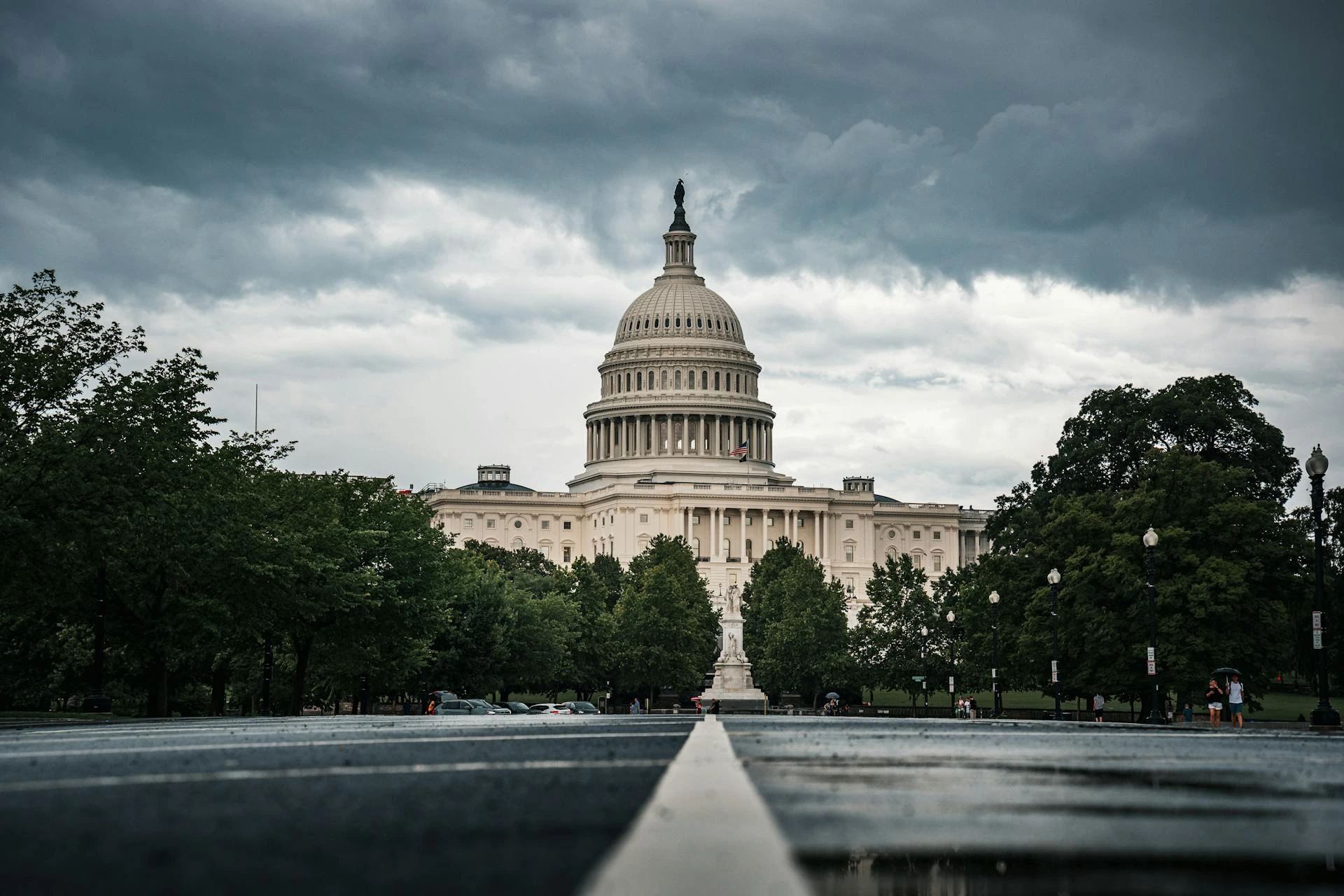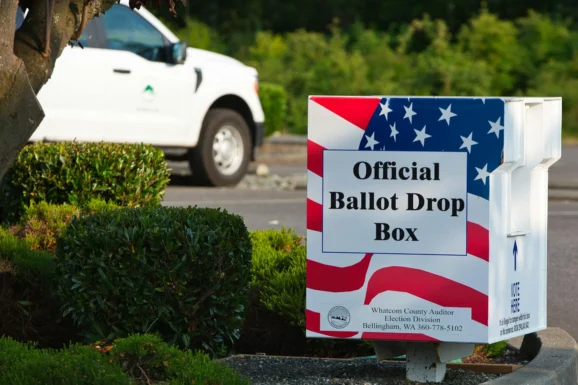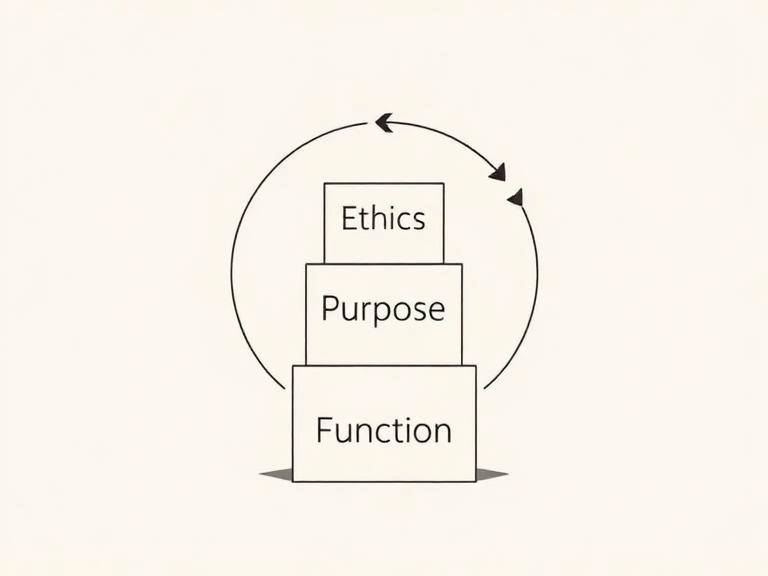America’s gerrymandering crisis and why it matters now

Mike Bedenbaugh
- Published
- Opinion & Analysis

Gerrymandering has shaped American politics for more than two centuries, but its latest resurgence threatens to undermine the country’s democratic foundations. Our U.S. political correspondent Michael Bedenbaugh examines how partisan mapmaking in states like Texas and South Carolina is eroding local representation, entrenching power and testing the resilience of the American republic
To many Europeans, the United States still carries the image of a nation where elections are free and fair, where the will of the people is the deciding force in politics. The reality is more complicated. In America, there is a centuries-old practice that lets politicians quietly tilt the playing field before a single vote is cast: gerrymandering.
Gerrymandering, named for Elbridge Gerry, originally written as “Gerry-mander,” first appeared on March 26, 1812, in the Boston Gazette — a reaction to the redrawing of Massachusetts state senate election districts while Gerry was governor. It is the manipulation of electoral district boundaries to benefit a party, an incumbent, or a political group. The tactic takes two main forms: packing voters of one persuasion into as few districts as possible, or cracking them into many districts so they can’t form a majority anywhere. Either way, the outcome is the same — elections that are decided in the drawing rooms of state legislatures rather than at the ballot box.
This year, the issue has come to a head again, with high-profile fights in Texas and South Carolina, and a national political climate in which both major parties are willing to use the tactic when it serves their purposes. But what makes this moment different is former President Donald Trump’s open disregard for democratic norms and traditions. His influence over Republican-controlled legislatures has encouraged breaking with long-standing practices if it means fewer Democrats in the House of Representatives. It is another symptom of a toxic trend in American politics — the centralization of power in national party leaders at the expense of local accountability.
The genius behind the American system has always been its focus on localism. Former Speaker of the House Tip O’Neill famously said, “All politics is local.” That ethos is fading fast. The Trump political movement is putting a nail in that coffin, prioritizing national party advantage over community representation. The redistricting push in Texas is just the latest example of this dangerous shift.
Texas: Breaking the Redistricting Norm
The U.S. Constitution requires that a national census be conducted every ten years, followed by the reapportionment of congressional seats and the redrawing of district boundaries. While nothing explicitly forbids more frequent redrawing, a once-a-decade schedule has long been treated as a democratic safeguard — a way to keep political mapmaking from becoming a perpetual arms race.
Texas Republicans are now openly breaking that norm. Just four years after the 2020 census-based redistricting, the state’s GOP-controlled legislature is moving to redraw the map again, with projections that the new lines could net them as many as five more seats in the U.S. House. It’s a strategic move aimed squarely at the 2026 midterm elections, where the current president fears losing his House majority and facing a hostile Congress during the remainder of his term.
Democratic legislators in Texas have responded by staging a “quorum break” — leaving the state to prevent the legislature from doing business. Their chosen refuge? Illinois.
Here lies the irony. Illinois is one of the most gerrymandered states in America, but in favor of Democrats. Its district lines are engineered to pack Republican voters into a handful of districts while ensuring Democratic supermajorities in the state legislature. In other words, Texas Democrats are sheltering in a state that practices the very same electoral manipulation they are fleeing. It is a reminder that gerrymandering in the U.S. is not a partisan disease — it is a bipartisan habit.
South Carolina: The Long Life of a “Safe” Seat
In South Carolina, the gerrymandering controversy revolves around two districts: the coastal 1st District and the inland 6th District. After the 1990 census, legislators created the 6th as a “majority-minority” district, meaning that a majority of voters are Black. This design ensured African American representation in Congress and has been held by Democrat James Clyburn since 1993.
Critics point out that while such districts can empower minority voters to elect a preferred candidate, they also concentrate their influence into a single seat — reducing their sway elsewhere. In South Carolina’s case, it has given Clyburn a nearly impregnable seat, even as surrounding districts became reliably Republican.
The latest map, drawn after the 2020 census, moved Black neighborhoods out of the competitive 1st District and into the 6th, further solidifying Republican control of the coast. Civil rights groups sued, arguing the legislature had engaged in racial gerrymandering. The U.S. Supreme Court disagreed, ruling that partisan, not racial, motives predominated — and left the map in place for the 2024 elections.
The result: the 1st District is safer for Republicans, the 6th remains safe for Clyburn, and South Carolina voters are left with fewer competitive races. It is a pattern repeated in many states — gerrymandering as an incumbent-protection racket.

Why the Problem Persists
In Europe, electoral systems often limit or eliminate the incentives for gerrymandering. Proportional representation means seats are allocated according to the share of the vote, so redrawing district lines has little effect. Where geographic districts exist, independent commissions — like those in the UK — set the boundaries, insulating the process from direct partisan control.
In the United States, the system is different. The House of Representatives uses single-member, winner-take-all districts, and in most states, the legislature draws the maps. The party in power has every incentive to shape districts to maximize its advantage — and to do so in a way that protects its incumbents for years to come.
The results are predictable. Competitive districts vanish. Most incumbents win re-election by double-digit margins. Voter turnout suffers because outcomes are seen as foregone conclusions. And polarization deepens, as lawmakers are more worried about primary challengers from their own party than about appealing to a broad electorate.
The Bipartisan Reality
The Texas-Illinois episode is just the latest reminder that neither U.S. political party holds the moral high ground on gerrymandering. Republicans in Texas are willing to redraw maps mid-decade to cement their majority. Democrats in Illinois maintain a map that virtually guarantees their dominance. Both decry the practice when they are on the losing end, and both defend it when it benefits them.
This bipartisan embrace of a fundamentally anti-democratic tool is one reason public trust in Congress remains near historic lows. Voters recognize that in many races, the outcome has been effectively decided before the campaign even begins.
A Personal View: There Are Americans Fighting for Change
For decades, many of us in the United States have been sounding the alarm about gerrymandering’s corrosive effect on democracy. We know the problem will not fix itself and it’s worth noting that reform ideas do exist — and they are supported by Americans across the political spectrum who want fairer elections.
Some of the solutions I and others have long pushed for include:
- Independent redistricting commissions bound by strict rules for geographic compactness and community integrity.
- Quantifiable compactness measures, like the Polsby–Popper score, to reject bizarrely shaped districts.
- Smaller districts by increasing the size of the House of Representatives, bringing the ratio of constituents closer to the 35,000-to-1 scale envisioned at the founding, rather than today’s average of over 760,000-to-1.
- Term limits for legislators, to reduce the incentive for incumbents to manipulate maps for self-preservation.
- A legally binding once-a-decade redistricting schedule, to prevent opportunistic mid-cycle redraws like the one underway in Texas.
None of these reforms would eliminate politics from redistricting — that is impossible. But together, they would make it harder for either party to game the system and easier for voters to feel their ballots matter.
The Stakes Ahead
The United States faces a real risk: that gerrymandering will become an endless cycle of partisan mapmaking, untethered from the census schedule, with each party changing the rules whenever it has the power to do so. If that happens, congressional representation will reflect not the will of the people, but the skill of the cartographers in state capitols.
The rise of Donald Trump has accelerated this danger. For a society spoiled by decades of consumption, excess, and the comforting assumption that America will always remain a powerful, stable state, his disregard for norms is a shock to the system. It has forced many Americans to confront a sobering truth: our system is far more fragile than we believed. The abuses of power and privilege — once thought to be safely contained by tradition and law — can have immediate and corrosive effects on our democracy.
Many in America are startled to discover that the guardrails of our republic are not indestructible. The old story of Benjamin Franklin leaving the Constitutional Convention, approached by a woman who asked what kind of government had been created, and replying, “A republic, if you can keep it,” is no longer just a quaint anecdote for history students. It has become a living warning — more prophetic than most ever imagined. Today, that challenge is not theoretical. We are being tested, and the outcome will depend on whether we can resist the erosion of the very principles that have sustained the American experiment for nearly two and a half centuries.

Author and political thinker Michael Bedenbaugh is a respected voice in constitutional principles and American governance. Based in South Carolina, he is deeply involved in his home state’s development while contributing to national discussions on governance and civic engagement, most recently as standing as an independent candidate for Congress. He is the author of Reviving Our Republic: 95 Theses for the Future of America and the host of YouTube channel Reviving Our Republic with Mike Bedenbaugh.
Main image: Optical Chemist/Pexels
Sign up to The European Newsletter
RECENT ARTICLES
-
 The digital euro is coming — and Europe should be afraid of what comes with it
The digital euro is coming — and Europe should be afraid of what comes with it -
 Why Greece’s recovery depends on deeper EU economic integration
Why Greece’s recovery depends on deeper EU economic integration -
 Why social media bans won’t save our kids
Why social media bans won’t save our kids -
 This one digital glitch is pushing disabled people to breaking point
This one digital glitch is pushing disabled people to breaking point -
 Japan’s heavy metal-loving Prime Minister is redefining what power looks like
Japan’s heavy metal-loving Prime Minister is redefining what power looks like -
 Why every system fails without a moral baseline
Why every system fails without a moral baseline -
 The many lives of Professor Michael Atar
The many lives of Professor Michael Atar -
 Britain is finally having its nuclear moment - and it’s about time
Britain is finally having its nuclear moment - and it’s about time -
 Forget ‘quality time’ — this is what children will actually remember
Forget ‘quality time’ — this is what children will actually remember -
 Shelf-made men: why publishing still favours the well-connected
Shelf-made men: why publishing still favours the well-connected -
 European investors with $4tn AUM set their sights on disrupting America’s tech dominance
European investors with $4tn AUM set their sights on disrupting America’s tech dominance -
 Rachel Reeves’ budget was sold as 'fair' — but disabled people will pay the price
Rachel Reeves’ budget was sold as 'fair' — but disabled people will pay the price -
 Billionaires are seizing control of human lifespan...and no one is regulating them
Billionaires are seizing control of human lifespan...and no one is regulating them -
 Africa’s overlooked advantage — and the funding gap that’s holding it back
Africa’s overlooked advantage — and the funding gap that’s holding it back -
 Will the EU’s new policy slow down the flow of cheap Chinese parcels?
Will the EU’s new policy slow down the flow of cheap Chinese parcels? -
 Why trust in everyday organisations is collapsing — and what can fix it
Why trust in everyday organisations is collapsing — and what can fix it -
 In defence of a consumer-led economy
In defence of a consumer-led economy -
 Why the $5B Trump–BBC fallout is the reckoning the British media has been dodging
Why the $5B Trump–BBC fallout is the reckoning the British media has been dodging -
 WPSL Group unveils £1billion blueprint to build a global golf ‘super-group’
WPSL Group unveils £1billion blueprint to build a global golf ‘super-group’ -
 Facebook’s job ads ruling opens a new era of accountability for artificial intelligence
Facebook’s job ads ruling opens a new era of accountability for artificial intelligence -
 Robots can’t care — and believing they can will break our health system
Robots can’t care — and believing they can will break our health system -
 The politics of taxation — and the price we’ll pay for it
The politics of taxation — and the price we’ll pay for it -
 Italy’s nuclear return marks a victory for reason over fear
Italy’s nuclear return marks a victory for reason over fear -
 The Mamdani experiment: can socialism really work in New York?
The Mamdani experiment: can socialism really work in New York? -
 Drowning in silence: why celebrity inaction can cost lives
Drowning in silence: why celebrity inaction can cost lives



























